Augusta National: Masters changes over the years
Much has changed at Augusta over the years from the tournament name to the 16th hole and much, much more
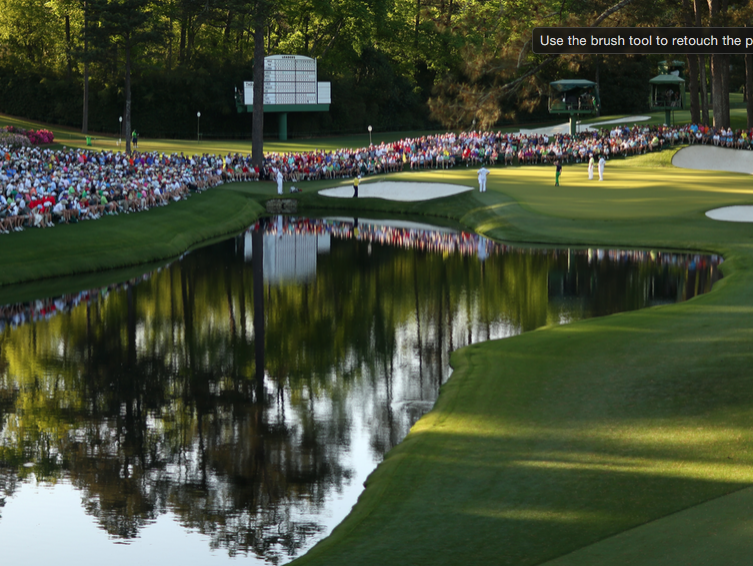

While it is the only Major to stay rooted to the same venue, much has changed through the years at Augusta National, including these 8 major Masters changes
1. Switching the nines
When the first Masters was staged in 1934, today’s back nine was the front nine.
That only lasted a year because the lower-lying holes on today’s back nine remained in the shade longer creating potential delays in the event of a frost, but more importantly, because Bobby Jones quickly saw the potential for greater closing drama over today’s back nine.

2. A change of name
For the first five years the tournament was called “The Augusta National Invitation Tournament”, before becoming “The Masters” in 1939. Co-founder Clifford Roberts had wanted that name from the outset, but Bobby Jones resisted, believing it sounded too “presumptuous”.
3. The Green Jacket
Get the Golf Monthly Newsletter
Subscribe to the Golf Monthly newsletter to stay up to date with all the latest tour news, equipment news, reviews, head-to-heads and buyer’s guides from our team of experienced experts.
The presentation of a Green Jacket to the champion began in 1949 when Sam Snead won the first of his three Masters titles.
The previous nine men to win (Horton Smith, Byron Nelson and Jimmy Demaret had all won twice by then) were awarded Green Jackets retrospectively that same year.
Smith’s Green Jacket, for his victories in 1934 and 1936, sold at auction for over $682,000 in September 2013 – the highest price ever for a piece of golf memorabilia.
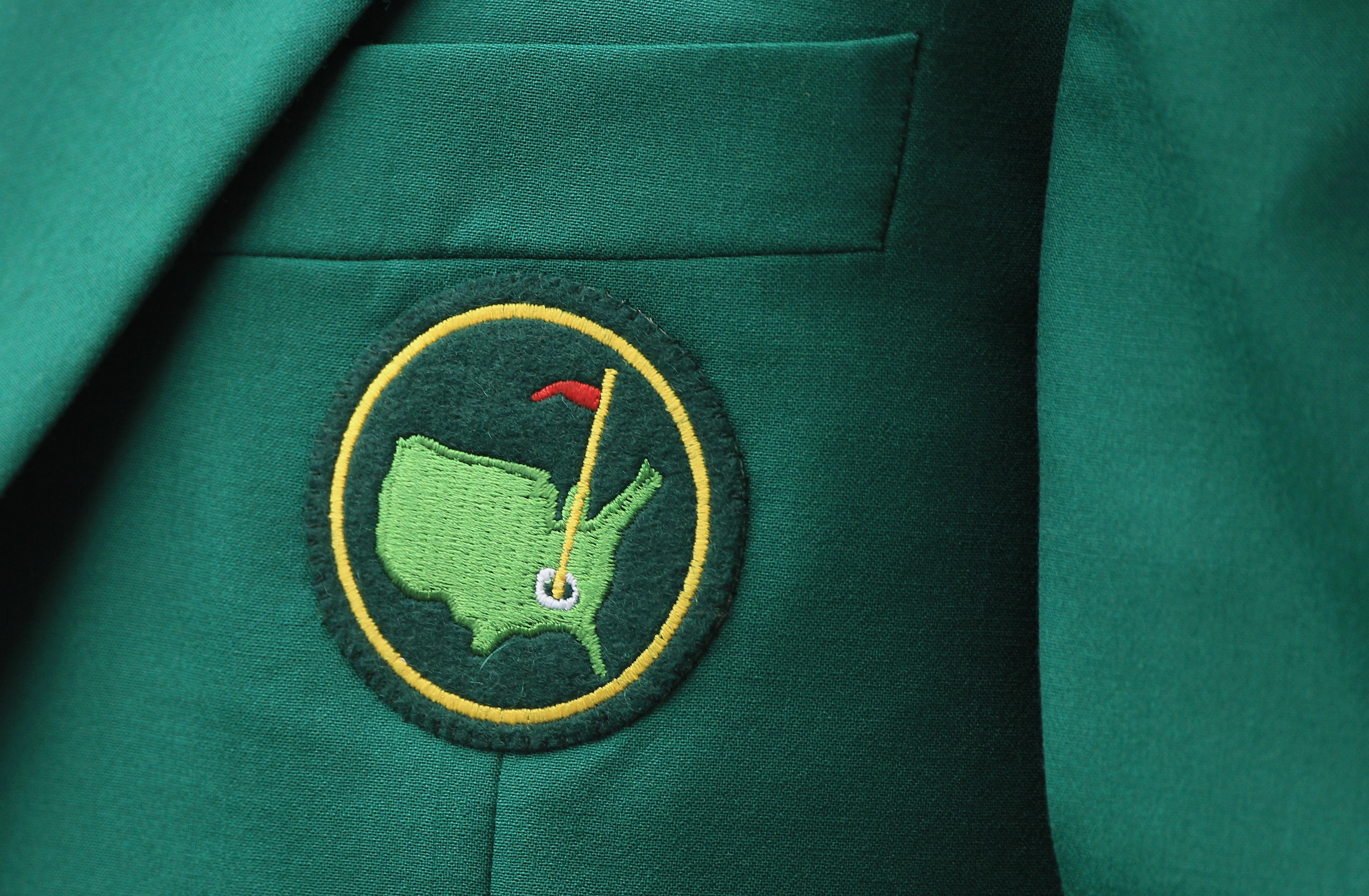
4. The 16th hole
The 7th at Stoke Park was apparently the inspiration for the 16th at Augusta, but if you compare the two today, despite the presence of water, it’s hard to see the similarities.
This is because today’s 16th at Augusta is very different to the original design in which the green sat the other side of the water, with Robert Trent Jones constructing the green we know today in 1947. Once you know that, the Stoke Park connection falls into place.

5. Tiger-proofing the course
Tiger’s 12-shot victory in 1997 set alarm bells ringing, but it wasn’t until after his second victory in 2001 that the concept of ‘Tiger-proofing’ first raised its head.
Tiger was the longest player of that era, and as a result nearly 300 yards was added for 2002 via extra length to half the holes.
In some ways ‘Tiger-proofing’ was a misnomer because if you make a course longer, it just becomes even more likely that the longest players will succeed… which Tiger proved by winning again in 2002!
When Tiger first won in 1997, Augusta measured 6,925 yards; this year it will be over 500 yards longer at 7,435.
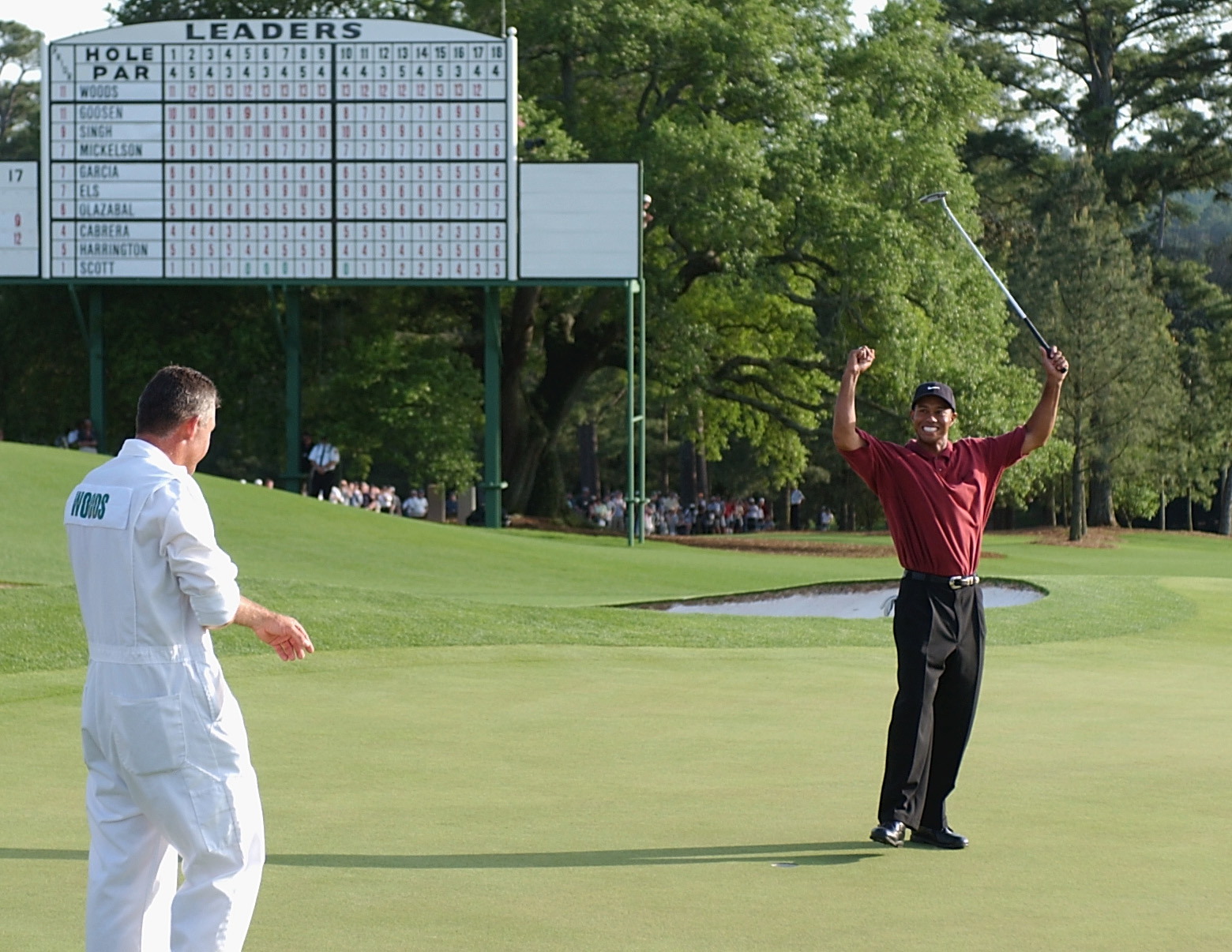
6. TV coverage
When I first started playing golf in the early 1980s, such was the mystique of the Masters that the BBC was only allowed to show live coverage of the back nine holes, along with highlights of play from the earlier holes.
Incredibly, that didn’t change until this century when the Men of the Masters finally relented and gave us what we all wanted from 2002.

7. The play-off format
The first play-off for the Masters was over 36 holes in 1935.
By the time of the next play-off between Byron Nelson and Ben Hogan in 1942 it was down to 18 holes, which was how it remained until in 1976 when sudden-death was introduced starting from the 10th .
Fuzzy Zoeller was the first sudden-death victor in 1979, defeating Tom Watson and Ed Sneed on the 2nd play-off hole (the 11th).
Nick Faldo won both his play-offs in 1989 and 1990 on the same hole, but for 2004 the play-off format was changed such that play would start on the 18th before heading down the 10th if required, with the 2005 play-off between Chris DiMarco and Tiger Woods the first to start there.
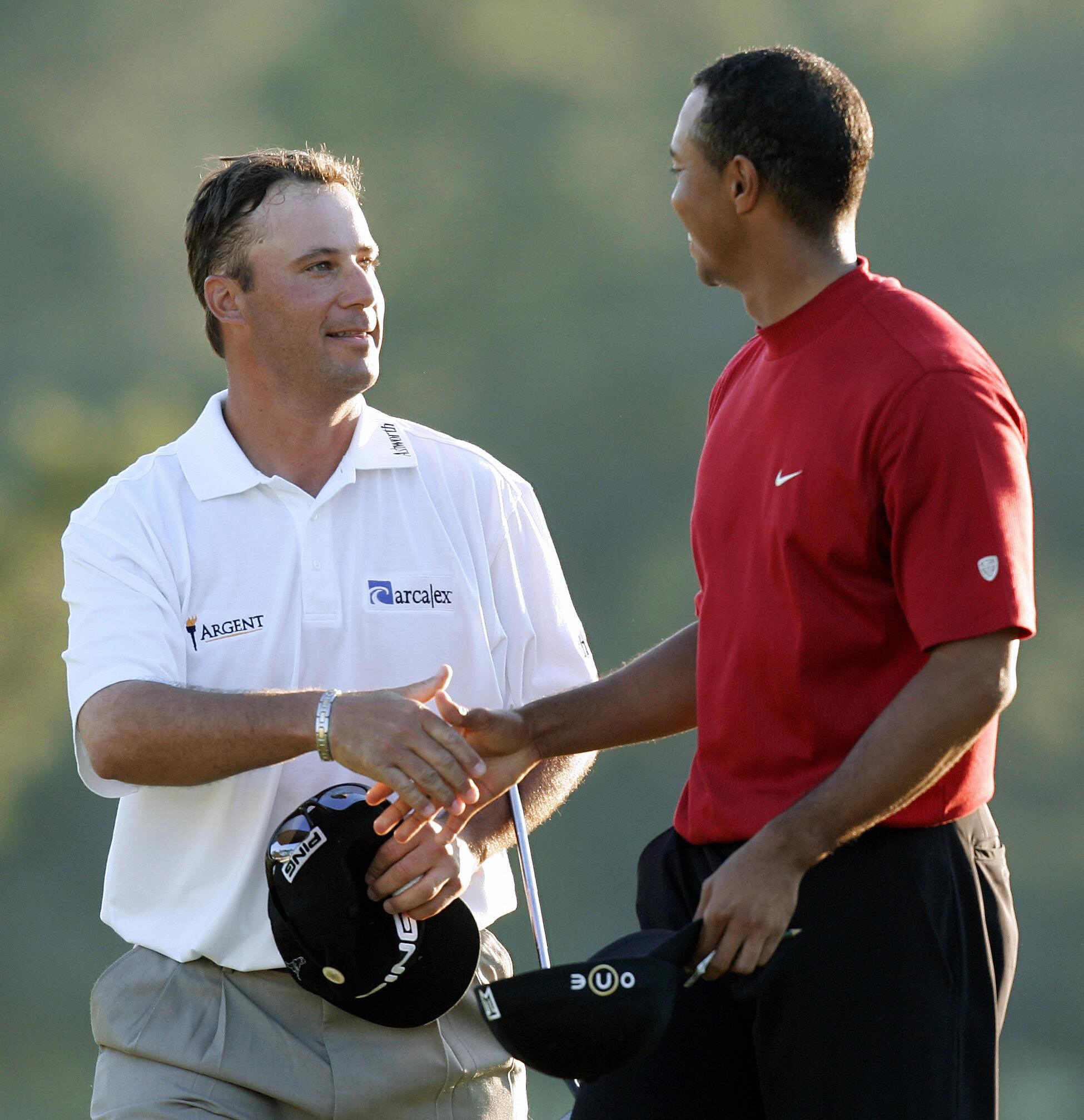
8. The Champions’ Dinner
The famous Champions’ Dinner, which now enjoys a regular Tuesday might slot the week of the Masters, was first staged on Friday April 4, 1952, when Ben Hogan took it upon himself to invite Augusta National Chairman Clifford Roberts to a dinner for previous winners.
Nine previous Masters champions attended the dinner, which now allows the previous year’s winner to choose a menu that either reflects personal favourites or showcases national cuisine.
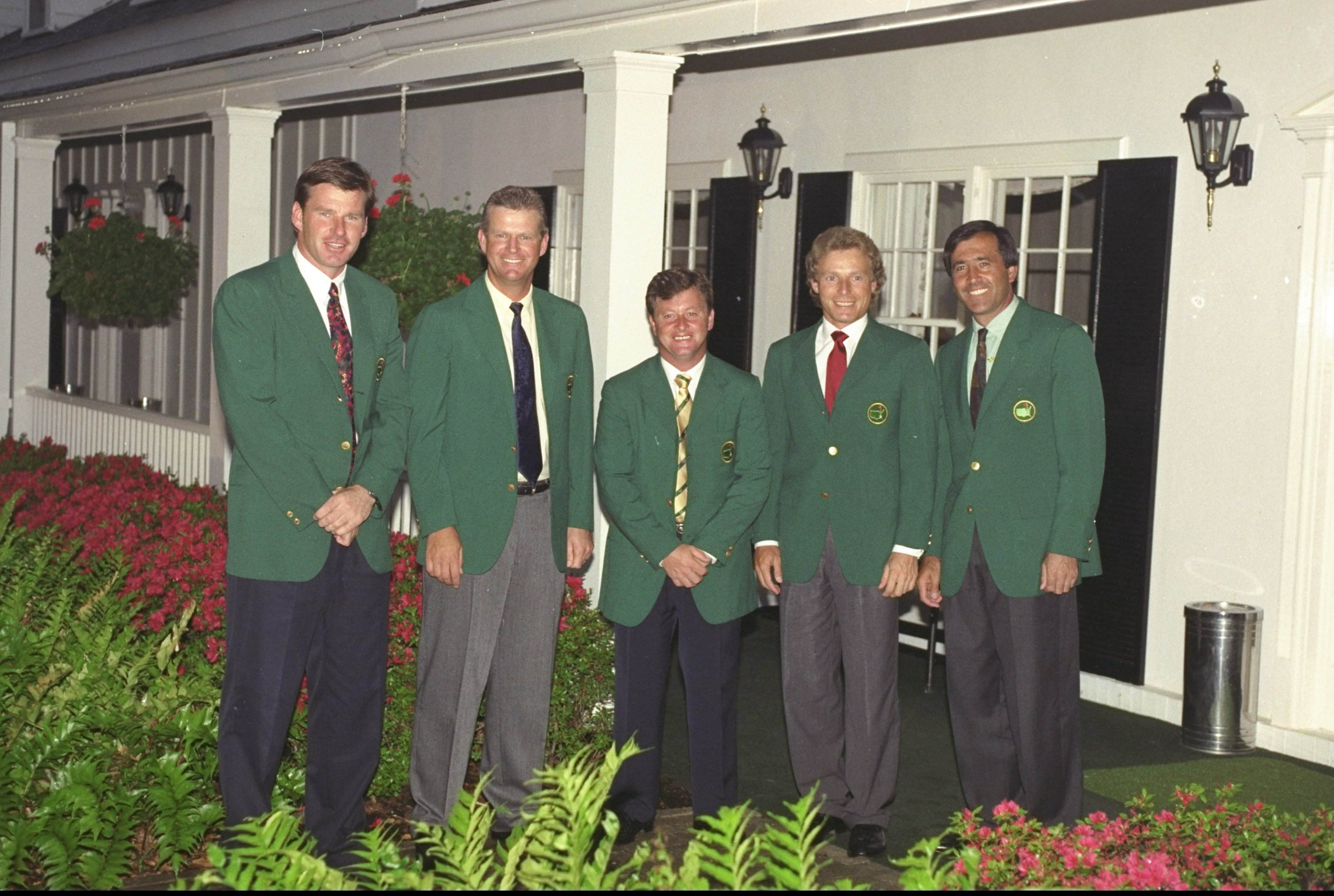

Jeremy Ellwood has worked in the golf industry since 1993 and for Golf Monthly since 2002 when he started out as equipment editor. He is now a freelance journalist writing mainly for Golf Monthly. He is an expert on the Rules of Golf having qualified through an R&A course to become a golf referee. He is a senior panelist for Golf Monthly's Top 100 UK & Ireland Course Rankings and has played all of the Top 100 plus 91 of the Next 100, making him well-qualified when it comes to assessing and comparing our premier golf courses. He has now played 1,000 golf courses worldwide in 35 countries, from the humblest of nine-holers in the Scottish Highlands to the very grandest of international golf resorts. He reached the 1,000 mark on his 60th birthday in October 2023 on Vale do Lobo's Ocean course. Put him on a links course anywhere and he will be blissfully content.
Jezz can be contacted via Twitter - @JezzEllwoodGolf
Jeremy is currently playing...
Driver: Ping G425 LST 10.5˚ (draw setting), Mitsubishi Tensei AV Orange 55 S shaft
3 wood: Srixon ZX, EvenFlow Riptide 6.0 S 50g shaft
Hybrid: Ping G425 17˚, Mitsubishi Tensei CK Pro Orange 80 S shaft
Irons 3- to 8-iron: Ping i525, True Temper Dynamic Gold 105 R300 shafts
Irons 9-iron and PW: Honma TWorld TW747Vx, Nippon NS Pro regular shaft
Wedges: Ping Glide 4.0 50˚ and 54˚, 12˚ bounce, True Temper Dynamic Gold 105 R300 shafts
Putter: Kramski HPP 325
Ball: Any premium ball I can find in a charity shop or similar (or out on the course!)
-
 PGA Tour Truist Championship Creator Classic Line-Up And Format Revealed
PGA Tour Truist Championship Creator Classic Line-Up And Format RevealedThe PGA Tour has announced the line-up for the second Creator Classic ahead of the Truist Championship - with YouTubers from outside golf taking on the challenge
By Paul Higham
-
 Are You Tired Of Your High-Handicap Golfer Status? These 4 Substantiated Tips Are Your Salvation
Are You Tired Of Your High-Handicap Golfer Status? These 4 Substantiated Tips Are Your SalvationBeing a high-handicap golfer is not easy, with consistency being difficult to establish and progress hard to come by... until you try these four simple tips!
By Barry Plummer